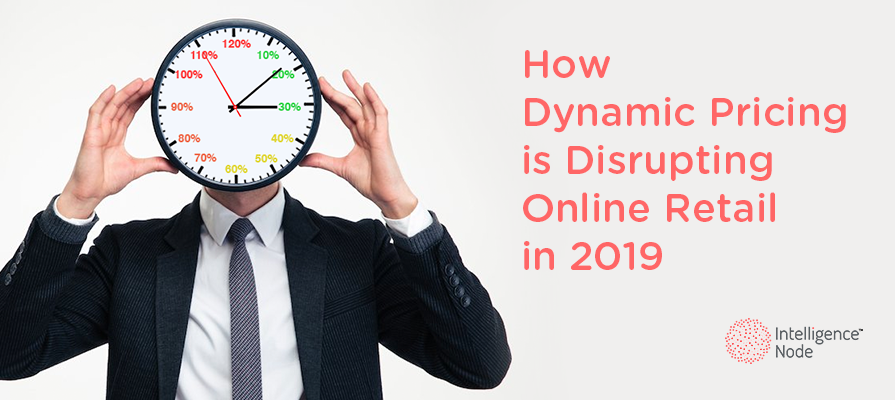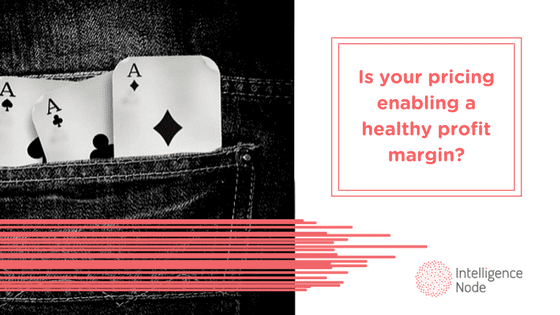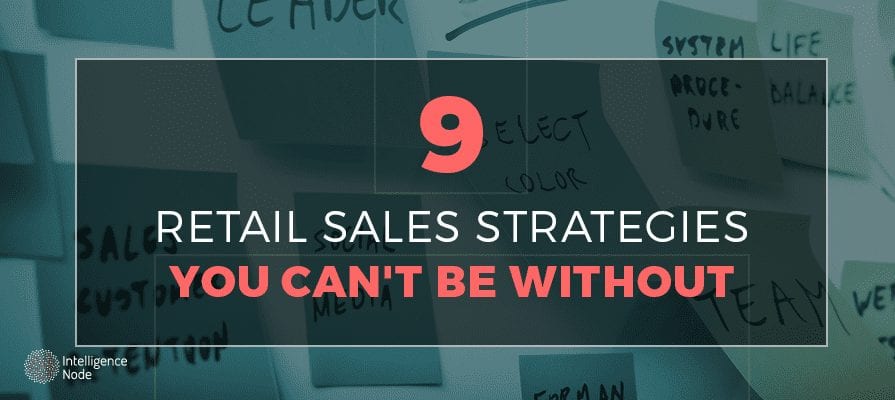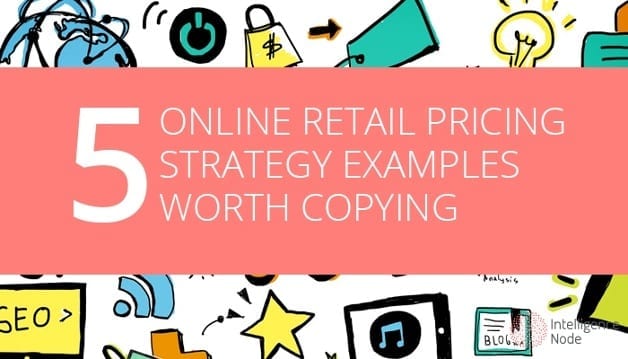With the era of online shopping came the concept of dynamic pricing. This is a natural turn of events that might not be working as well as expected.
Dynamic pricing is a strategy based on which retailers change the price of the product based on supply and demand.
In order to do this, you need a large amount of information. This includes the initial conditions and the prices that competitors are charging. In addition to that, customer information is also a vital input. Customer price perception also plays an important role since that’s what determines the profit margin that you’re getting.
In the old days, static prices were the norm, since there wasn’t much to be done when it came to doing research on how much a competitor priced their products and how you had to compete. But that’s changed now. The old strategy didn’t help retailers make profits. But today, with dynamic pricing, you can find that the profitability has been optimized to everything, even simple products like medicine and sports goods.
It’s Always Been Around
The idea of dynamic pricing isn’t new to the retail industry. It’s been something that organizations have done for a long time. It’s a tactic used to grab the customer’s attention and so far, it’s proven to be extremely successful.
Here’s a few examples on how dynamic pricing has influenced different economies.
- The concept of “Happy hours” in a bar worked in attracting customers when they weren’t expected at all. Of course, the prices on drinks were slashed, but this attracted a lot of customers, which increased the amount of business that the establishment did during that time. This increased their profits for that time. It proved to be so effective that most bars and pubs adopted it as well.
- The stock market operates on the basis of share values rising and falling. Similar to the concept of dynamic pricing, the value of shares are calculated by considering initial conditions, demand, and a few other parameters. This includes the company’s actions and the state of the economy. So, the prices are adjusted to make the most of the current situation.
- Take airline ticket prices, you can see that they operate along the same line. During the weekends and Fridays, you’ll see that prices are higher than on regular weekdays, since they know that more people are inclined to travel during those times.
It seems natural to make profits by controlling prices based on demand. However subtle, the same ideology has been followed across several business streams.
What’s Changed Now?
Dynamic pricing is only possible when you have all data on hand. Another important aspect is running the data using a custom algorithm that suits your particular business model. You’ll find quantifiable results only when you take all variables into account and bring out accurate pricing.
You might be wondering. If all this was thought of and implemented all along, what took online retailers so long?
Factors that made dynamic pricing possible are computers and new technologies that recently came into existence. The concept of collecting, storing, and analyzing data paved the way to bigger things, dynamic pricing being one of them.
Retailers Hesitation
The algorithms in place are fed with all the available data on hand. These are details that concern the product and customers. The resultant price will determine the profit or loss that is collected on the product.
A foolproof algorithm can give you accurate answers. However, not all retailers are using these results. You have to understand that changing prices like this is a huge risk to take as well, and that’s something not everyone is comfortable with. A slight drop or rise in the cost of the product will affect the economy and the possibility of success.
This algorithm is simply used by the retailers. Why they hesitate is because they don’t understand how it works. That’s the case even after competitor’s prices are taken into account. That’s why not every retailer takes dynamic pricing into account.
Amazon’s success
Amazon has had tremendous success in applying dynamic pricing to their products. Other retailers are still attempting to beat Amazon in this field. This is the single reason Amazon is doing better than their competition. They’ve managed to price their commodities lower than others.
Dynamic pricing, coupled with their good user interface and customer services, Amazon has managed to stand at the top. This was only possible with proper synchronization of e-commerce, omnichannel, and brick and mortar stores.
“ It takes Amazon two minutes to make a price change ! Is your price right?”
Implementation
Dynamic pricing is a five stage module. It needs to be gradual so you don’t lose money. These are stages where the price of the commodity is decided based on different factors.
- The first module is the long-tail module. It is the price that is determined at the launch of the product. It plays a crucial role in the success or the failure of the product. Essentially, the price is based on base price, price of similar commodities, and set profit margins. The success depends on the product itself and its reach, done through marketing.
- The second stage is where the price is increased or decreased based on demand. Both can affect profits negatively or positively. By reducing price, there may be ultimately more buyers. At the same time, if received well, consumers may be prepared to pay more for the same product.
- The third stage is key value identity module. This depends on the consumer’s price perception. This largely influences sales. Here, a product will sell from the retailer if the prices are below competitor’s prices. This is the stage where a customer is either gained or lost. The KVI and the price need to be on the mark.
- Competitive response module is the fourth stage. Here, price adjustments are done based on the pricing scheme of competitors. By selling at a price lower than competitors, you increase the chances that the customer will buy from you.
- Omnichannel Module is where thorough analysis should be done in all channels that you’re doing business in. This is the fifth stage where coordination is done across all online and offline channels. It helps normalize the price and keep dynamic pricing at a feasible value.
How To Find The Key Value Items(KVI)
Key value items are the top sellers. These are commodities that retailers can be sure the consumers will buy. The profit margin is generally based on these KVI’s. It isn’t as simple to fix KVI’s either. However, considering the wide range of products, even though 80% of the revenue is based on KVI’s, the profit it brings only chalks up to 50%. This disparity is the first sign that the dynamic pricing isn’t working to the favor of retailers.
Slashed prices will generate more customers, since that’s obviously something that benefits them.
How Customers Make A Decision
When a person finds a product on sale, that’s something that tells them that they should be ready to make a purchase. The person must have previously browsed through several products. This information is collected and dynamic pricing is applied on other similar products. This is the result of the algorithms and dynamic pricing.
When the customer finds the desired product at a discounted price, it’s natural for them to make a purchase. This naturally increases the sales that you generate.
Issues With Dynamic Pricing
Although dynamic pricing is useful, there are some issues that you should be aware of regarding its usage.
- With the same products available at two different prices, a majority of customers will migrate to the store where the price is lower. Thus, the winning party will increase their sales. This leaves an imbalance in the market. This will go on until the next best price comes along.
- A split economy where two different prices exist isn’t going to see any growth unless it’s uniform.
- A system that’s dynamic can result in discrimination. You can’t have two prices on a single commodity for two different customers. But that’s ultimately the case here.
- The focus on KVI will leave other commodities at a disadvantage. With the decrease in demand for non-KVI products, the customer will be benefitted. However, the retailers will experience a loss.
- Similarly, retailers who have goods at higher prices in physical stores and lower in online stores also run a risk, since that persuades customers to buy from the online store and not the physical.
With the race in being the most successful e-commerce venture, dynamic pricing and slashed prices may not work in the favor of the retailers or in the overall economic growth. That’s why it’s important to ensure that you’re doing dynamic pricing only where it’s required.





